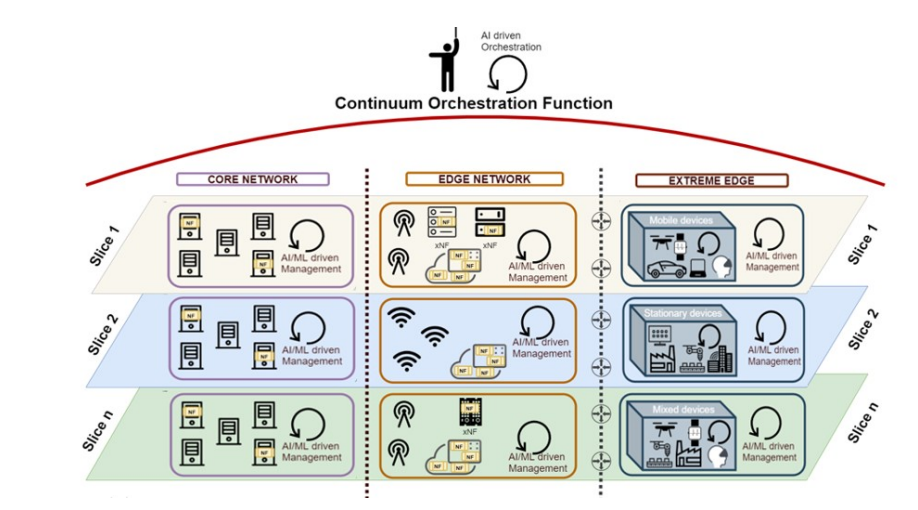Hexa-X: Gaps, Features & Enablers for B5G/6G Service Management & Orchestration

One of the Hexa-X projects’ earliest deliverables addresses the massively complex topic of service management and orchestration in a flexible, heterogeneous network of networks.
This paper outlines the current state of the art and, crucially, features a gap analysis outlining where further research is needed.
Inmarsat tests Orchestra mesh network along Singapore shores – Telecompaper
“That Doesn’t Sound Sexy, But It’s Game-Changing”: Video Interview with Stephen Douglas, Spirent

6GWorld talks with Stephen Douglas, long at Spirent’s cutting edge for 5G and now also 6G, about emerging concepts around how a network of networks might work – including governance, AI, orchestration, business relationships and much more.
Next-gen service orchestration sector set to boom: Report – TelecomTV
MEC and Disaggregation To Reshape the 2030 Telecoms Landscape

6GWorld recently sat down with David Stokes, one of Ribbon’s leading thinkers, to explore the parallel evolution of business models and technology required to deliver services anywhere sustainably. The conversation roamed from the transport network to hardware disaggregation, competition models, orchestration, energy management and more.



